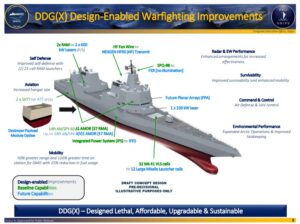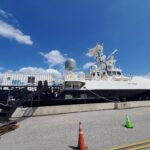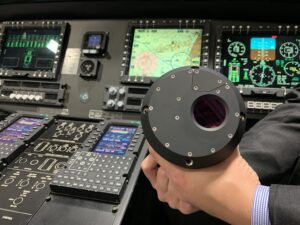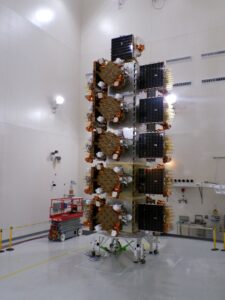
The Government Accountability Office (GAO) identified several facets of Navy shipbuilding programs that cause it to design and deliver ships significantly slower than commercial industry. The office said there is a “notable contrast” between the design and construction cycle times for lead Navy ships compared to commercial ships such that the longer time for the government challenges a ship’s business case as threats and mission needs change over time. The GAO report, “Navy Shipbuilding: Increased Use of Leading Design Practices…

 By
By 











